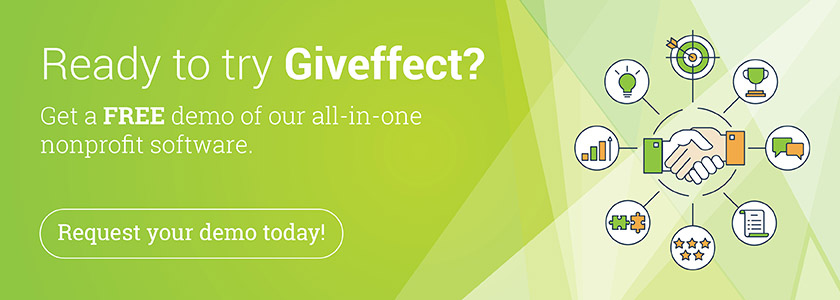Major gift donor cultivation can be a game-changer for nonprofit organizations. In 2021, $484 billion was given in philanthropy – a 4% increase from giving the previous year. Despite the rise in charitable donations, fewer and fewer households are giving to nonprofit organizations.
However, the wealthiest households continue to give in large amounts to the causes they care most about. In 2020, the top 1% of donors contributed 49% of the $471 billion given to nonprofit organizations.
According to Giving USA, the number of small and medium-sized gifts is dropping yearly. In addition, there is the challenge of keeping the attention of our supporters today. Often, nonprofits are focused on acquiring new donors and not cultivating existing relationships with their loyal supporters. Without those relationships, donors are almost guaranteed to move on and support organizations that are learning more about them and what makes them give.
One of the best ways to build these relationships with major gift donors is through creative, entertaining cultivation events. These events are designed to emphasize the importance of your mission and show your prospects a great time. Cultivation events allow your organization to engage in meaningful interactions supporting your mission. You have the chance to share the impact of your organization. As an added benefit, you get top-tier prospects to invest in the cause your organization champions and your work.
Donor cultivation events are vitally important in major gift fundraising. Organizations can secure major gifts and revive their donor lists with cultivation events. With a successful event, nonprofits can significantly increase their fundraising revenue and develop a better, long-lasting relationship with their most giving supporters. So, nonprofits should be sure their guests enjoy themselves. If they do – then they will come back for more! Read on for tips on how to have the most successful cultivation events:
1. Host a party, not an event.
Everyone enjoys a party! The word party alludes to a more fun and relaxed environment, which could entice more donors to attend. When sending your invitations, emails, and marketing materials, use the word “party” instead of “event” to invite them to your festivities.
Also, examine some of the other events held in the area. See what other groups are doing and what is working to find a way to put your own spin on a party. For example, everyone knows that golf events are extremely popular, but you can put a party twist on it by hosting a “Driving Contest Party”. You may even be able to talk to members of your local country club to set up a demonstration by the local pro, which is discussed more in point no. 2.
One great example is the Insurance Industry Charitable Foundation hosted a Glow Golf Tournament in 2021 and is planning another in 2022. According to the event page, this isn’t your normal shotgun golf event: “Break out your neon and glow necklaces for a 9-hole glow-in-the-dark golf tournament supporting the IICF Community Grants Program.”
2. Find a strong advocate.
Consider asking a current major donor close to the organization or volunteer to host an event in their home for friends and acquaintances who they know can give at the major donor level. Guarantee them that your staff will handle all the logistics and that their efforts should be dedicated to building the invite list and networking.

 conversations with guests.
conversations with guests. 